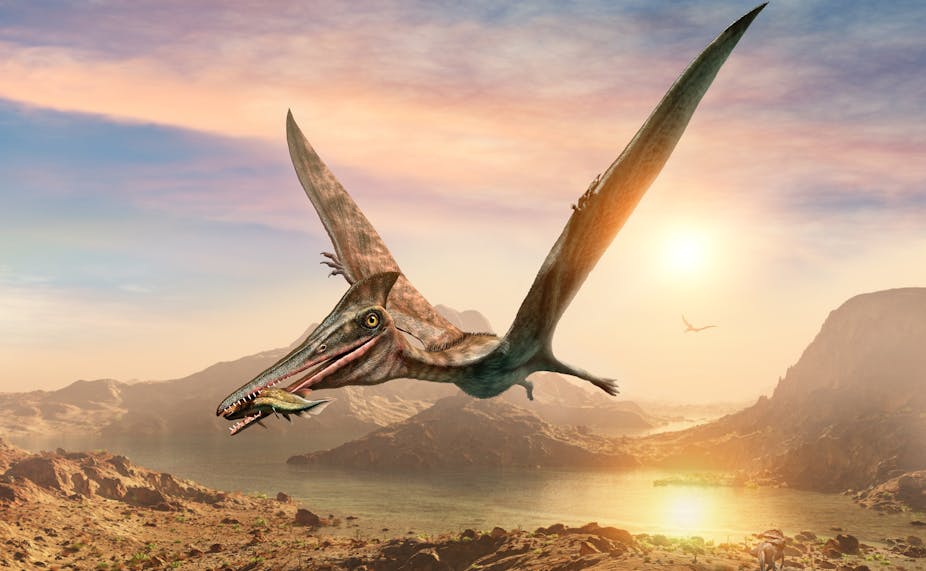Barometric oscillations in UK caused by the Hunga-Tonga volcano
I am a retired meteorological Office observer and I recorded traces of the atmospheric pressure surges caused by this eruption on my barograph which I have at home in Royal Wootton Bassett.
The barogram trace recorded on my instrument in Royal Wootton Bassett with time divisions at 2-hourly intervals
I thought they might be of interest to the readers of this blog.
The Hunga-Tonga volcano eruption, at 0626Z ⃰ on 15th Jan 2022 sent out a shock-wave which travelled around the globe. Its audio-frequency, in Herz, fell with increasing distance in a similar way to thunder. The shock-wave sound just went on getting lower in pitch as it raced away till it was far below the 20 Hz threshold of human hearing.
By the time it got to the UK, 13 hours later, it was around 0.002 Hz. In other words 10-15 minutes per single Herz. It registered on barographs in the UK as a spike of 2-3 hPa ⃰ amplitude travelling at the speed of sound, i.e. 20 Km per minute. A second pressure signal arrived the next morning.
Pressure readings at Southport.
Finer scale pressure graph of the 1900 peak and following dip, and dip around 0200Z. x-axis =hourly time lines, y-axis pressure in 0.2 hPa steps.
Pressure readings at Stockport
Another paper barogram but with 3-hourly time divisions, midnight in bold. All 3 graphs show how widespread and similar the basic 2 events were.
After studying the timings of both at several weather stations' barograph records, it was apparent that there was just one shock-wave front, arriving via short- and long-paths. The first pulse came from the north, but the second one went the long path round the globe to arrive from the south.
Arrival times of the shock waves
Sonic pressure surges like these occurred from the 1893 Krakatau eruption and also the Chelyabinsk meteorite explosion.
(Note that barometric oscillations are more usually caused by atmospheric gravity-waves travelling at speeds of 20-40 knots. Gravity waves are anomalies in the density and/or instability of the air causing the pressure to oscillate as the wave passes over, similar to water waves).
Richard Gosnell, Royal Wootton Bassett, Jan 2023
⃰(Z, zulu, equals GMT/UTC. Each global hour-timezone is sequentially lettered, e.g. A for Central European time, B for the next zone eastwards, etc ending up at Z for GMT=UTC. I recall that “I” and “O” are omitted to avoid confusion with numerical digits and neatly providing 24 letters for 24 hours)
⃰ (Hectopascals, being the S.I. unit for pressure, identical to Millibars)






